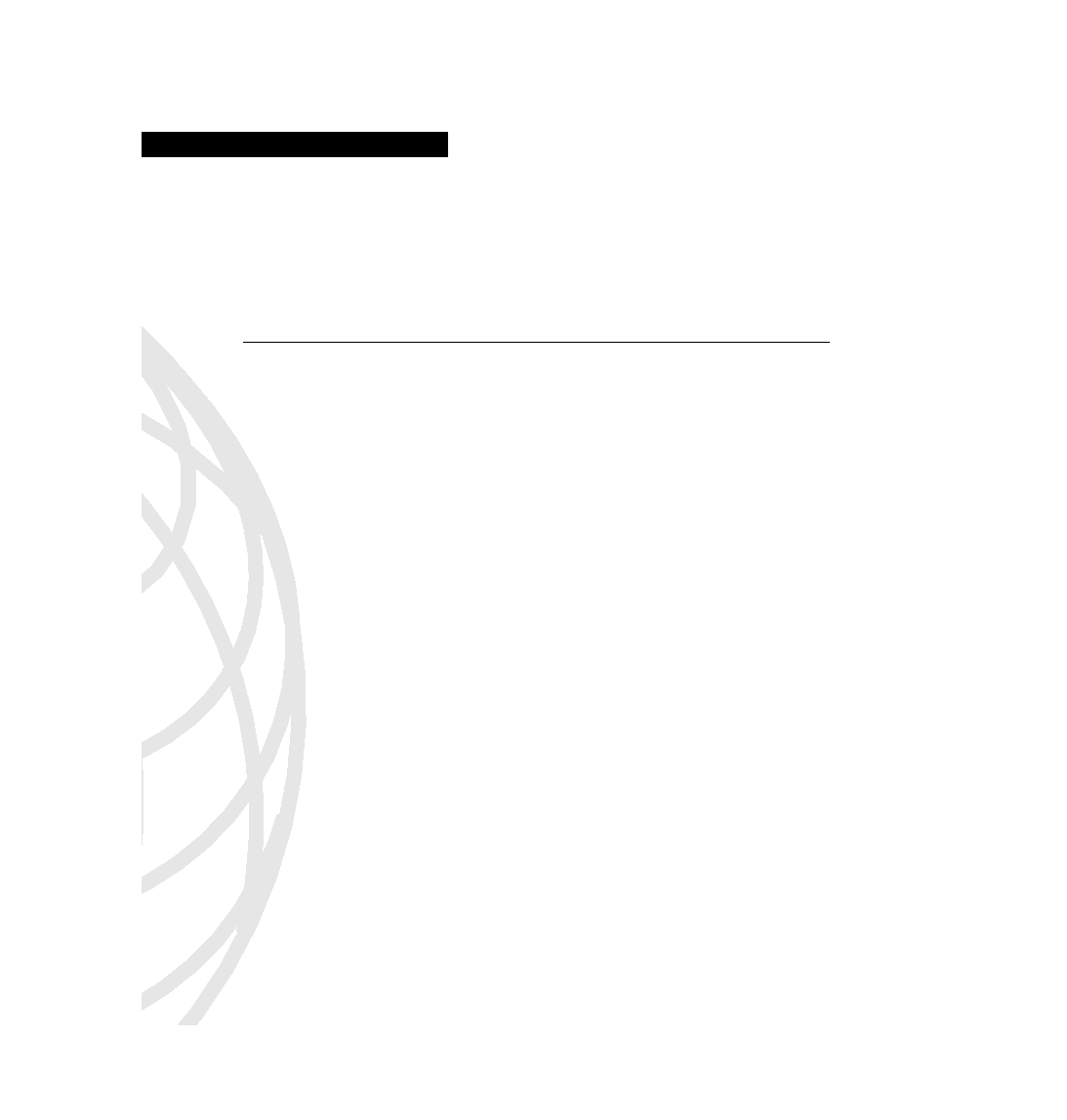
& Layered Communication
model for networking grew rapidly. The U.S. government passed laws requiring vendors to
support OSI software on their systems, or the government would no longer buy the systems.
Several vendors even predicted that the global Internet would evolve toward using the OSI
protocols instead of TCP/IP. As the century turns, however, OSI has been implemented
on a much smaller scale than predicted. Few vendors push their OSI software solutions,
if they even have them. However, several components of the OSI model are popularly
implemented today. For example, OSI network service access point (NSAP) network layer
addresses are often used for signaling in Asynchronous Transfer Mode (ATM) networks.
However, full seven-layer OSI implementations are relatively rare today.
new technologies and protocols. The OSI seven-layer reference model is an excellent point
of reference for describing the concepts and functions behind these new technologies.
References to Layer 2 switching and Layer 3 switching, which are popular topics today,
refer to the comparison between Layers 2 and 3 of the OSI model. Cisco courses make
generous use of the OSI model as reference for comparison with other network protocol
implementations. So, this chapter will not actually help you understand OSI fully, but rather
it will discuss OSI functions in comparison with popularly implemented protocols.
easy reference.
show that retention is significantly increased through writing down facts and
concepts, even if you never look at the information again.